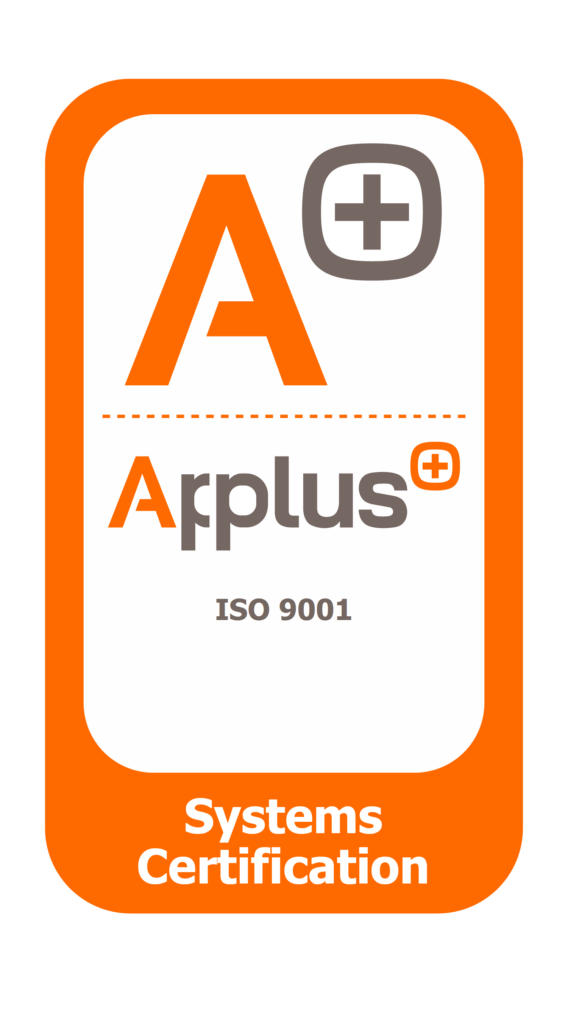IoT Cloud Integration is a game-changer for businesses looking to enhance their Internet of Things (IoT) projects. Integrating IoT with cloud computing offers unmatched flexibility, scalability, and efficiency. With insights from thethings.iO, this guide provides essential tips to make the most of IoT cloud integration, driving superior performance and growth for your projects.
Why IoT Cloud Integration Matters
IoT Cloud Integration provides a seamless way to manage and analyze vast amounts of data generated by IoT devices. By leveraging cloud platforms, businesses can ensure that their IoT infrastructure is scalable, secure, and capable of handling complex operations.
Scalability and Flexibility
Cloud integration allows you to easily scale your IoT solutions to accommodate growing data needs without investing in additional physical infrastructure. This flexibility enables you to adapt to changing business requirements and technological advancements.
Cost Efficiency
Moving IoT operations to the cloud can significantly reduce costs associated with hardware maintenance, software updates, and data storage. Cloud services often come with pay-as-you-go models, allowing you to pay only for what you use.
Key Tips for Effective IoT Cloud Integration
Choose the Right Cloud Provider
Selecting a cloud provider that aligns with your IoT needs is crucial. Consider factors such as:
- Reliability: Ensure the provider offers high uptime and reliability to prevent disruptions in your IoT services.
- Security: Opt for providers with robust security measures to protect your IoT data from breaches and cyber-attacks.
- Compatibility: Verify that the cloud platform supports the protocols and technologies used by your IoT devices.
Design a Scalable Architecture
Designing a scalable architecture is essential for handling large volumes of data generated by IoT devices. Implementing a modular and flexible architecture allows you to:
- Adapt to Growth: Easily scale your infrastructure to accommodate increased data and device connectivity.
- Enhance Performance: Optimize performance by distributing workloads and resources efficiently across the cloud environment.
Implement Strong Data Management Practices
Effective data management is vital for deriving actionable insights from your IoT data. Consider the following practices:
- Data Collection: Ensure your IoT devices are configured to collect relevant data consistently.
- Data Storage: Choose a cloud storage solution that supports efficient data retrieval and analysis.
- Data Analytics: Utilize cloud-based analytics tools to gain insights and make informed decisions based on your IoT data.
Ensure Robust Security Measures
Security is a top priority in IoT cloud integration. Implement the following measures to safeguard your data and devices:
- Encryption: Use encryption to protect data both in transit and at rest.
- Access Control: Implement strict access control policies to prevent unauthorized access to your IoT systems.
- Regular Updates: Keep your cloud and IoT systems updated with the latest security patches and software versions.
Optimize Network Connectivity
Reliable network connectivity is essential for smooth IoT operations. Ensure that your cloud integration supports:
- Low Latency: Minimize delays in data transmission to ensure real-time processing and responsiveness.
- High Bandwidth: Adequate bandwidth is necessary to handle the volume of data generated by IoT devices.
Conclusion
IoT Cloud Integration offers numerous benefits, including scalability, cost efficiency, and enhanced data management. By following these essential tips, you can optimize your IoT projects and leverage the full potential of cloud computing. Embrace IoT cloud integration to drive innovation, improve performance, and achieve your business goals.


